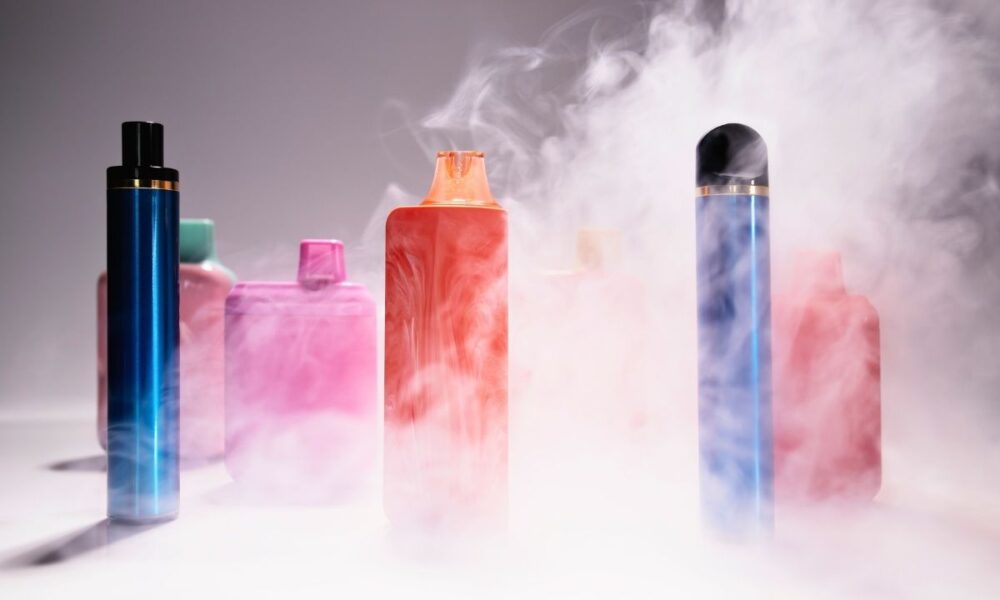A new study from the University of California (UC) Davis says illegal disposable e-cigarettes may be more dangerous to your health than cigarettes.
At one point considered a less harmful alternative to traditional cigarettes, growing research is showing vapes may be just as bad, or even worse. Illegal vapes, in particular, may be hiding particularly toxic heavy metals that could increase cancer risk.
The study examined the puffs from three vape brands: ELF Bar, Esco, and Flum Pebble. Despite being widely available, none of the three brands tested are FDA-authorized.
Last year, writing in The Dallas Express, Dr. Robin Armstrong, M.D., called the proliferation of e-cigarette use among American youth a “public health crisis.”
“Despite regulations intended to curb access, flavored vapes—specifically designed to entice young users—remain widely available, posing a serious threat to the health of our children,” Armstrong said at the time.
In all heavily flavored and lightly flavored devices that were tested, the researchers detected three heavy metals: lead, nickel, and antimony. The heavy metals are all classified by the National Institute of Health (NIH) as carcinogens.
“When I analyzed the first samples, the lead concentrations were so high that I genuinely thought the instrument was broken,” Brett Poulin, senior study author and assistant professor at the UC Davis Department of Environmental Toxicology, said to Fox News Digital.
“The levels far exceeded anything in our past data, or even the published literature.”
Shockingly, the study found that one of the brands exposed its users to the equivalent amount of lead from smoking 19 packs of cigarettes.
Poulin said that physically opening one of the devices revealed that it was using leaded copper alloys, small metals made mostly of copper, along with smaller amounts of lead.
“These materials leached dangerous levels of lead into the e-liquid, even without the device being used… It remains unclear whether this was an intentional design choice, a cost-cutting measure or a manufacturing oversight,” said Poulin.


